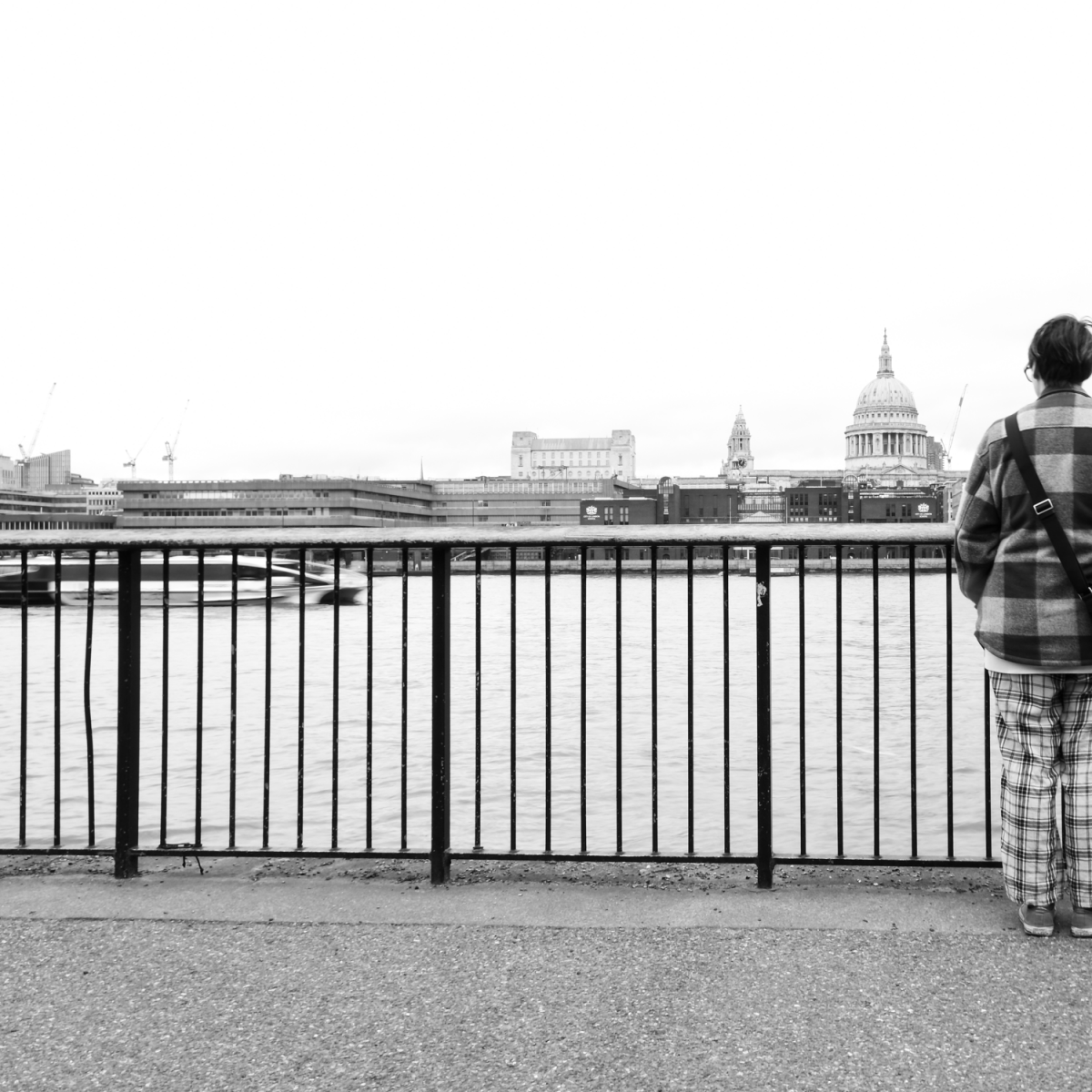Exercise 3:Same model, different background
Consider the work of both Callahan and Germain, then select a subject for a series of five portraits, varying the locations and backgrounds. The one consistent picture element must be the subject you have chosen, who must
appear in all five images. Think carefully about where you choose to photograph them, either using a pose that offers a returned gaze to the camera, or simply captures them going about their daily business. The objective once again is to visually link the images together in some way. You may choose a family member as a subject, like Callahan, or agree to photograph a colleague or friend, or even a willing participant who is either known or previously unknown to you, like Germain’s story about Charles Snelling. Present your five images as a series and write around 500 words reflecting on the decisions you made. Include both of these in your learning log or blog
I was initially struggling with this exercise and eventually found inspiration in the Tate Modern. My daughter was doing an exercise on distorted faces for her photography course and wanted to visit the Tate to find some inspiration. While mooching around I discovered some photos from Tseng Kwong Chi who did a series of self-portraits taken with famous landmarks in the background and so I hit on the idea that I would incorporate Moss in a series of images as our day played out.
I decided to have her on the margins of images and hopefully leave some room for a dialogue between viewer and image about the reason for her presence. She wasn’t aware of my intention, so the exercise had an element of covert, unpredictability,opportunity and naturalness.
My research of other photographers, including Gary Winograd, Eric Kim , and Saul Leiter, has given me a wider pallet of possibilities to experiment with. I am less focused on nailing a great image but more interested in trying to create a visual narrative that runs through the series. When I started the degree course with the OCA, almost the first thing my tutor said to me was that it’s easier to take one good image than a good series of images that work in narrative and, in some respects, more gratifying. It has taken me a while to appreciate that nugget of wisdom, but this course section has exposed me to practitioners that push boundaries and break convention.
Cartier Bresson was one of the first photographers I read about and studied (tried to copy). His approach to photography has been codified into photographic practice-especially the notion of the decisive moment, but with time I have found his approach has been mimicked to death and become (almost) cliché. In the documentary ‘L’amour tout court’, he talks about the golden circle and the exactness of composition. This seems to come from his love of art and its conventions, however, I feel that it leaves no room for experimentation and making something out of the ordinary rather than looking for images laden with meaning and compositional exactness.
Doing this series of images (and other exercises in identity and place) helped clarify for me the possibilities with portraits and imagery in general. In this series of images, each one has its own narrative, and this is further reinforced when grouped together as a series.
References
Vivian Maier at:https://www.vivianmaier.com/
Walker Evens at:https://www.moma.org/artists/1777


